Peru. The Asheninka Calendar.
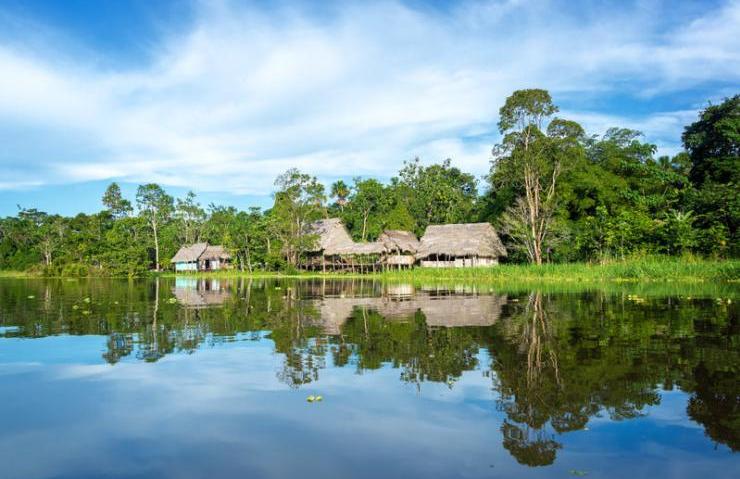
Although the Asheninka, an indigenous ethnic group, who live in the central forest of the Ucayali department in the Atalaya province of eastern Peru, follow the Western calendar, they give an Amazonian meaning to each month.
The year begins in January, when the waters of the rivers overflow due to the heavy rains, the tangerine blooms and the huayo ripens. Winter here is the rainy season. In February the rain continues to fall, and rivers and ravines overflow. Crops are flooded. The granadilla, the sapote, the umari, the uvilla, the parinari and the aguaje bear fruit. The sandbanks become refuges for the peccary (wild boar), the majás, the añuje, the carachupa (armadillo) and the motelo. In March the waters of the rivers reach their maximum level, and some farmhouses and crops are flooded. That is why schools are closed for three months each year due to flooding. During this time the fish fatten even outside the rivers, among the leaf litter and the flooded roots. The animals of the mountain migrate from one side to another, seeking refuge in the highest sandbanks to survive.
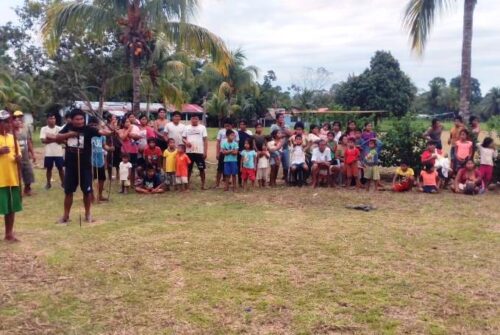
In April torrential rains do not stop and sunrises look lacklustre, and are cold and wet. It is the month during which guava, ubos and camu camu are harvested. In the month of May, the last rains still fall, but they appease their fury and the river waters begin slowly to recede. In the Amazon it is the time to harvest the fruits of the jungle such as the rose apple, the guava, the caimito, the taperiba, the casho, the arazá, the ungurahui, the yarina, the cocona, the aguaje, the tansharina. The animals of the mountain return to their old lairs.
In June the waters recede: the communities can resume their activities, and the animals in the lowlands are back to normal. At this time of year one can see the sandy beaches and mudflats on the banks of the rivers which the waters leave behind as they recede. Planting time begins on the wide beaches of the rivers.
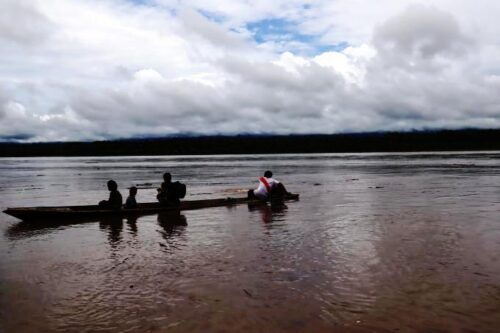
Everywhere you can see the crops of chiclayo, beans, corn, cassava, rice, tomato, watermelon, melon, squash. The fish return to colonize the river, leaving behind the tahuampas, the lakes and the ravines. The fishing season, better known as the mijano time, begins. This is the time when the communities of the Amazon can enjoy abundant fish meals. This also the time of the San Juan festival in the urban Amazon. People of each town celebrate the event with deafening music in public and private places and eat the typical dish of this recurrence: the juane. Many tourists arrive to enjoy the festival. For their part, while people in the towns celebrate, the indigenous communities begin their planting rituals with songs and dances.
In the month of July, the riverbeds narrow, the lagoons shrink and the fish continue to leave the tahuampas (puddles) and the ravines in search of the rivers. The indigenous people know that summer has finally arrived because the taricayas (small turtles) and the cupisos lay their eggs in the sand on the beach of some rivers. The terrestrial turtles spawn, in June, while in July, it is the turn of the aquatic turtles. At this time of year, the sun is strong and the temperature is rather high.
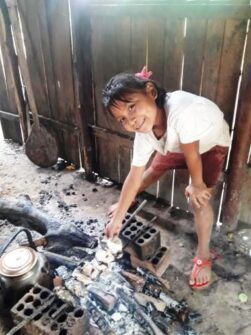
In August the sky is blue and the heat of the sun is more intense, therefore the temperature is higher. At this time, the harvest of fruits such as melons, watermelons, pineapples, corn and chiclayos takes place. The eggs of taricayas and cupisos have already hatched on the river beaches. The mitayeros (hunters) make sure to keep the animals of the mountains far from crops and eggs. In September, the charapa (large river turtle) spawns on the beach. The islands of the rivers are surrounded by extensive sandbanks. For their part, the indigenous communities of the Amazon harvest pineapples, melons and watermelons. During this month, it rains little, and the heat rises. It is the month of harvests and mijanadas of large schools of fish. Fish migrate, upstream or downstream and return to the lakes and tahuampas.
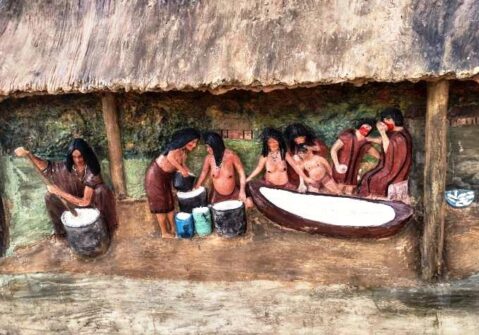
In October, indigenous people harvest the last crops of melons, watermelons, chiclayos, guabas, cassava and rice. The baby charapas begin with difficulty and almost desperately to try to reach the waters of the river, to escape from predators. When the rains begin to fall and the rivers begin to grow again, the fish that laid their eggs in the gramalotes and litter to ensure their reproduction return to their places of origin, by this time the gamitana, the boquichico, the tucunaré have already spawned. Another life cycle has been completed in the deep Amazon.
November is the month when rice and corn planting takes place among indigenous communities. On 2 November, people living in the villages and cities, celebrate the Day of the Dead in the cemeteries. Families lay flowers and light candles on the tomb of their departed and drink beers. It is the time to complete agricultural and social activities.
December, as rains start to intensify, is the beginning of wintertime and among the Asheninka communities, it is also the moment of family reunion when those members who left during the year begin to return. On the 25th the Asheninka celebrate Christmas with a family dinner, where masato is shared to the beat of music, thus ending the year to start anew. (Open Photo: 123rf.com)
Jhonny Mancilla Pérez



